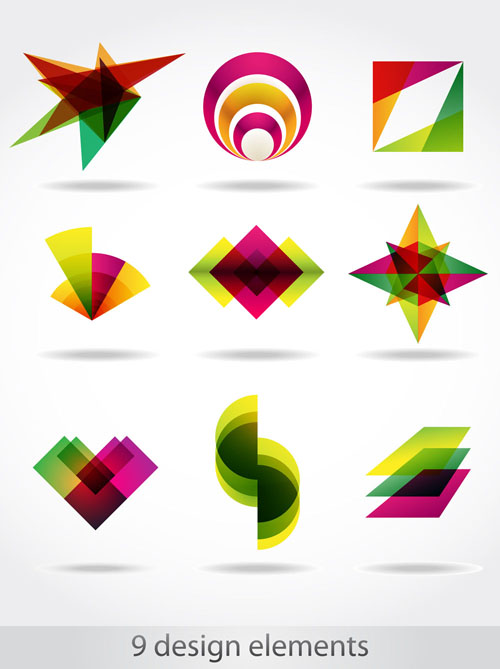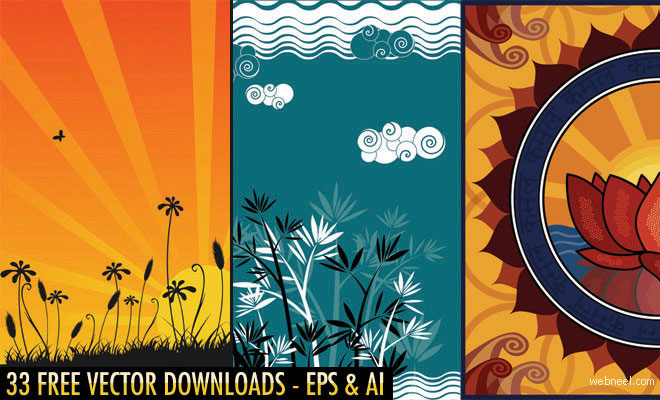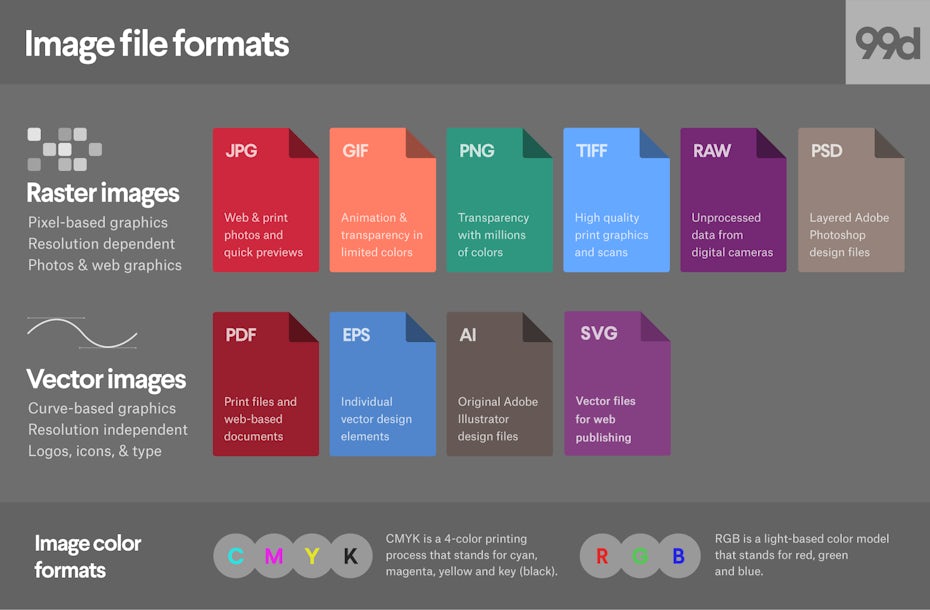Vector graphics are commonly found today in the SVG, EPS, PDF or AI types of graphic file formats, and are intrinsically different from the more common raster graphics file formats such as JPEG, PNG, APNG, GIF, and MPEG4.
An EPS or encapsulated postscript file is a vector graphics format file (like SVG), mainly used for distribution and sharing of vector graphics. It may also have images in raster format and text in raster or vector format besides other vector shapes. Open EPS files are fairly easy and we will show you how to open these EPS file format in some free software as well.
You can open EPS Files with our free EPS Converter here and also convert it to popular formats like JPG, PNG, TIFF, and even PDF.
- Free Vector Eps - 979 royalty free vector graphics and clipart matching eps. Sponsored Images by iStock. Page 1 of Free Vector “Eps” similar 'eps' images.
- If you aren’t well-versed in the Encapsulated Postscript (EPS) file format, then it is essentially a graphics format for vector images that Adobe Illustrator uses, much like a photographic image file format is a JPEG. Open your EPS file here now! Open & Convert EPS file format Free Drag & drop.eps here.
What makes EPS files popular are the editing features that come with all vector graphic formats? How can you open EPS Files? How can I open EPS File in Photoshop?
The most obvious and easy answer is open your EPS file in Adobe Illustrator. It's the best and most versatile software to edit and open these kind of files plus it's super affordable for just $19,99 per month. Or why not take a look at our Adobe Illustrator Alternatives article and check out some free vector editing software!
Advantages of vector graphics over raster or bitmap format:
- A raster image or bitmap is resolution dependent and when scaled, performs poorly, making the image appear blurred and pixelated.
- Unlike raster or bitmaps, vector graphics are resolution independent and can be scaled (refer to image 1 below) without losing clarity and picture quality. This is the one reason why vectors are preferred over raster to share company logos and emblems or in fact, anything that needs to be scaled or edited later.
Vector graphics can be edited and manipulated to an extent where colors, shapes and position of shapes within the graphics can be changed with ease, using vector creation and editing applications such as Adobe Illustrator, CorelDRAW X5 or GSview, a free application. You can also create vector graphics from scratch, using these applications.
Learn how to open EPS files
An EPS file can be opened in a wide range of software:
- Adobe Photoshop
- Adobe Acrobat Reader
- CorelDRAW versionX5
- GSview (a graphic interface for Ghostscript) a free application
- Any from our Illustrator Alternatives list
Remember: If you just need to view the EPS files, use Adobe Acrobat or GSview for free. You may use the listed applications to view and edit EPS files.Open your EPS files in Adobe Illustrator
One way to open EPS file in Illustrator
- Go to the File menu
- Click on Open
- Browse to the location where the file is stored
- Select EPS file
- Click Open
There is another simpler way to do this; Right click on the EPS file and choose ‘Open with Adobe Illustrator’. Voila!
After you have opened your EPS file, you may now view your EPS file or edit and scale the image as required.
Open your EPS files in Adobe Photoshop
To open the files in Photoshop
- Go the File menu
- Click on Open
- Browse to the location where the file is stored
- Select File
- Click Open
- A window pops up asking whether you want to ‘Rasterize EPS Format’
- Click OK to open or Cancel if you choose not to.
Note: EPS files open as rasterized images in Photoshop and NOT in vector form. So now, the file is resolution dependent, which has its drawbacks as mentioned earlier. You may save it as an EPS file, but the file would now have raster graphics and not vector ones.
Open your EPS files in Adobe Acrobat Reader

To open EPS in Acrobat Reader
- Go the File menu
- Go to Create PDF
- Click on the option: From File
- Browse to the location where the file is stored
- Select File
- Click Open

You may also choose the Create PDF Online option if you see it in the File menu.
Note: The EPS is converted to PDF before opening, which I am sure you have learnt in the process.
Open your EPS files in CorelDRAW X5
To open EPS in CorelDRAW X5
- Go the File menu
- Click on Import
- Browse to the location where the file is stored
- Select File and Click Import
Note: You may not be able to import some EPS files in versions older than X5. The earlier versions of CorelDraw could import files saved in Postscript level 1 and 2 but not Postscript level 3.
Open your EPS files in GSview
To open EPS in GSview
- Go the File menu
- Click on open
- Browse to the location where the file is stored
- Select file
- Click open
You may also convert the file to PDF and import it in Inkscape, a free vector creation and editing application.
So that’s that. We hope you now know how to open EPS files or how to import EPS files in your preferred application. If you feel I have missed out something, please feel free to comment about it.
What are Vector Graphics?
Vector graphics rely on mathematical equations to generate a two-dimensional image.
These images can be a simple shape or something more complex. The equations tell technology how to create lines and curves -- as well as which colors to use in the graphic.
Vector images have many benefits over traditional raster graphics. The scalability and flexibility makes it a crowd favorite in the digital world, and by the time you’ve read this complete definition, you’ll understand why.
What You Need to Know About Vector Graphics
1. You Can Resize Them Easily
You can resize vector graphics without pixelating or losing image quality. The image remains keeps crystal clear detail -- even when zoomed in or enlarged several times.If you’ve ever worked on an illustration or web graphic, you understand the importance of this. There’s not much that makes you feel more like an amateur than a client asking, “Can I see this in a larger size?” and all you have is an unscalable raster to send.
2. They Have a Smaller File Size
Every gigabyte counts, especially when you’re storing hundreds of designs. Another benefit of vector graphics is their small file size.Mathematical equations don’t require as much storage space because there’s less information to store. Meanwhile, raster graphics need to house the data regarding thousands of pixels, which causes the file size to swell.
3. There are Several File Formats
The standard format for vector graphics in web design is .SVG. The World Wide Web Consortium sets the standard requirements for modern web design. They set SVG as the standard file format for online vector images. However, additional file formats include: .cgm, .odg, .eps, and .xml. Vector images may also be found in .pdf files. Adobe Illustrator uses its own vector file type AI for illustrations and print layout.
4. Raster Files Aren’t the Same
Lines and shapes formed from equations create vector graphics while raster images are made up of thousands of pixels.
Vector images are scalable. However, raster graphics lose image quality when scaled.
Vector graphics easily convert to raster graphics. However, most raster graphics, especially digital photographs, can’t convert to vector.
As you can imagine, vectors end up being much more flexible with what you can do.
5. You Can Use Them Several Ways

Business logos commonly use vector graphics because the logo will remain the same on a tiny business card or a large billboard. Icons, infographics, illustrations, and computer fonts commonly use vector graphics.
Additional common uses include:- Printing on paper and clothes- Signage- Embroidery- General graphic design- Online animations such as HTML5 or Adobe Flash
6. There Are Also Times to Avoid Them
Do not use vector graphics when dealing with digital photography, images with many shades of color, or images with high attention to detail. Raster graphics can provide up to 16 million colors compared to vector’s mere thousands of colors.

Anything that requires the use of pixels or the ability to manipulate pixels would be better using raster graphics. Soft, rounded lines can be a limitation because vector graphics often create hard, definite edges.
When to Use Vector Graphics in Modern Design
Vector graphics provide high-quality, scalable images while conserving file size and bandwidth. The advantages of vector graphics make vector the primary choice for shape printing, customizing logos and signs, and creating illustrations and infographics.
Eps Vector Image
It is important to use a design editor, such as Figma, to be certain your image is completely vector. Otherwise, you may end up with a surprise when you resize or print your image.
You can verify if your image is a vector graphic by clicking inside the image and looking for vector editing nodes (lines with points surrounding the outline of your image.)### 1. When Printing on Paper and ClothingRasterized printing on paper and clothing uses vector images to take advantage of the printer’s resolution. Printers typically have a much higher resolution than computer screens. Printed raster images often look pixelated because of the difference in resolution. Remember, vector images can easily convert to raster images.
Shape printing requires the mathematical definitions used in vector graphics to cut and transfer shapes from base materials. ### 2. When Customizing Images for Signs
Free Eps Vector
Again, the machines used for cutting colors and shapes from vinyl requires the equations used in vector graphics. Also, scalability helps images stay crisp and clear no matter what size the sign is. A graphic designer would need multiple raster files for each sign size the company needs to produce. However, vector graphics only require one image file for all sizes.
3. When Designing Infographics and Illustrations
By using vector graphics, companies can maintain a solid brand image across all their graphic design. Infographics are easy to distribute on social media and across the web.
Eps Vector Graphics Free Download
Infographic templates often include an EPS file (one of the common file types for vector images). It is also easier to use vector graphics when using an app such as PowerPoint.
Related Terms

We enjoyed exploring this topic with you. Want to keep going? Pick one of these related terms to read next:A. Gradient: As the perfect transition, jump into this definition of gradients. You’ll learn about how to use them in modern design. Read the full definition.B. Skeuomorphism: Apple taught us the simplicity of effective design through this nostalgic technique. Read the full definition.C. Raster Graphics: Digital images composed of a grid of pixels. Read the full definition.
